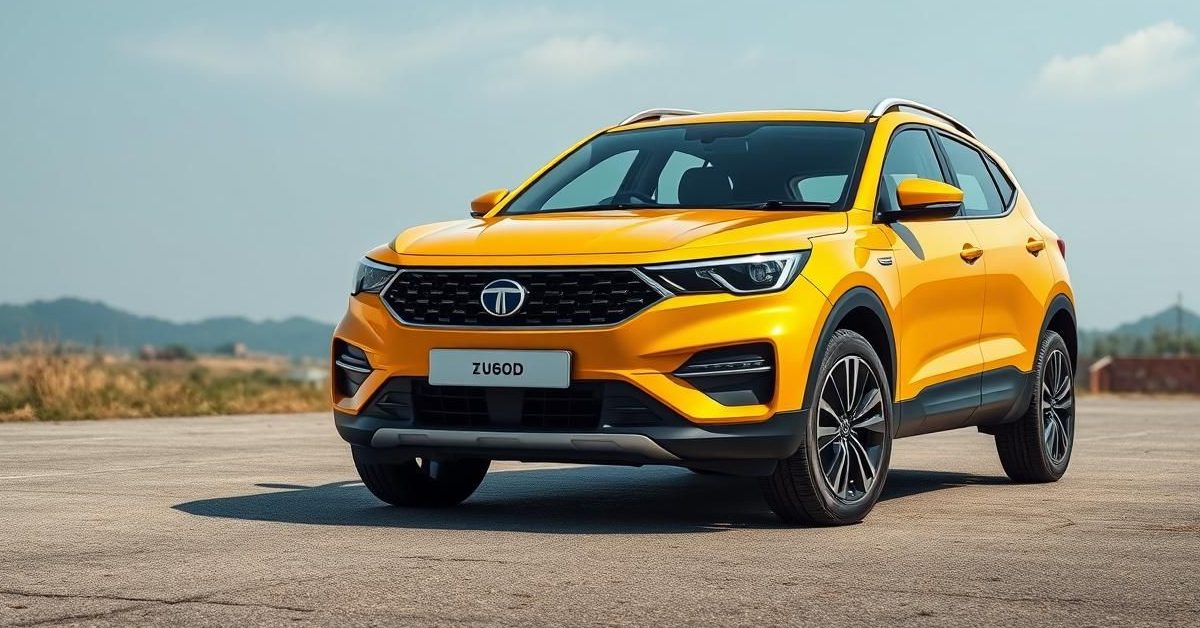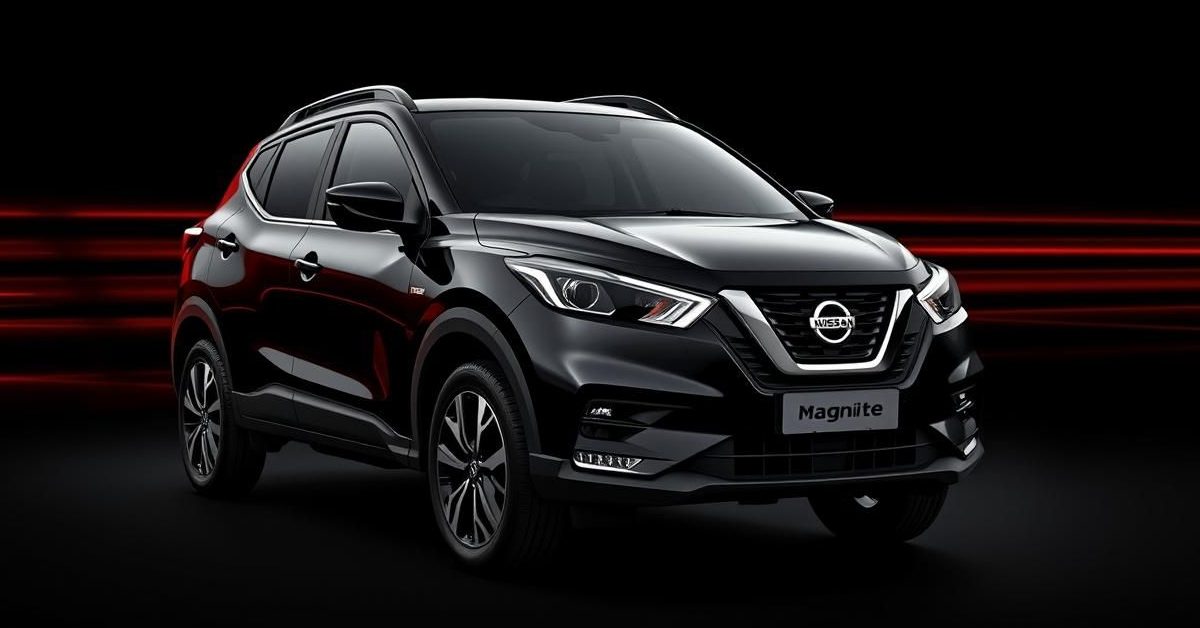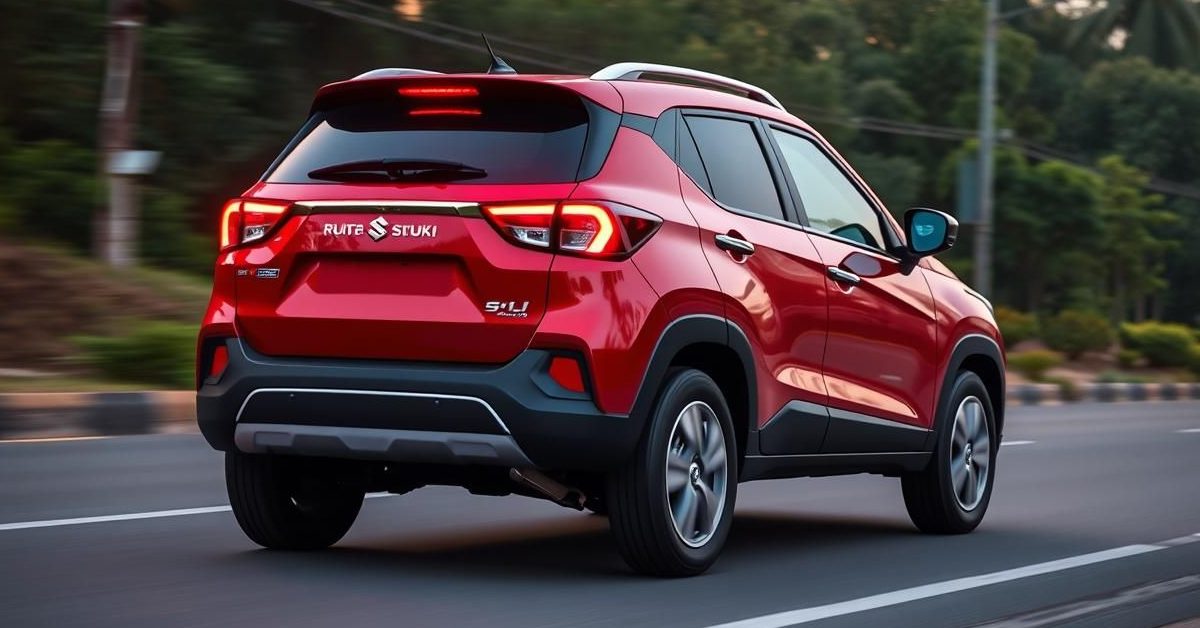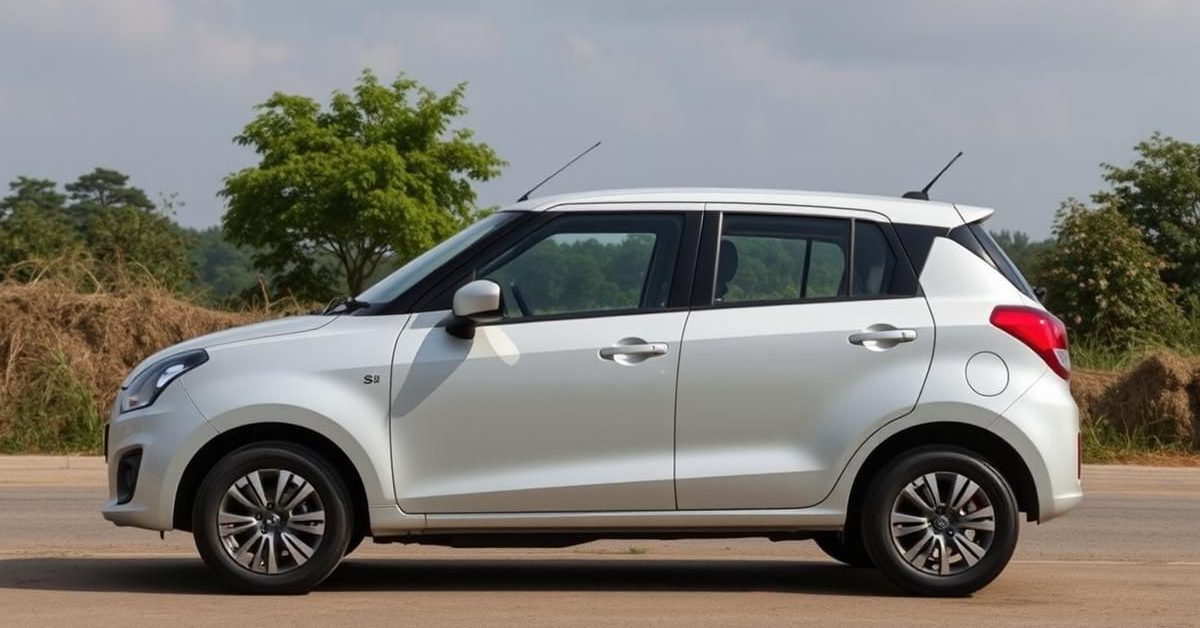Tata Motors is embarking on an ambitious five-year overhaul, investing up to Rs 35,000 crore to launch 30 new passenger vehicles and capture a larger share of the Indian automotive market.
Massive Investment for Future Growth
India’s leading automaker, Tata Motors, has unveiled a bold mid-term strategy, pledging a substantial investment of Rs 33,000-35,000 crore over the next five years. This significant capital injection aims to fill crucial product gaps, especially in the popular Rs 10-20 lakh price bracket and the premium SUV segment.
The company plans to introduce 30 new passenger vehicle models, including seven all-new nameplates, as it targets an impressive 18-20 percent market share by FY30. This strategy moves beyond their current volume drivers like Nexon and Punch, focusing instead on a more diverse, multi-product approach tailored for specific customer needs.
New Models and Segment Expansion
The product pipeline is packed with exciting additions. Upcoming models include the refreshed Punch in October 2025 and the next-generation Nexon (codenamed Garud) slated for the latter half of 2026. Fans can also look forward to the next-gen Harrier and Safari (Taurus and Leo) in 2027, which are expected to be larger, more technologically advanced, and potentially offer four-wheel-drive capabilities.
In a bid to tap into previously underserved segments, Tata Motors is also preparing two new compact EVs, internally named ‘Kuno’ and ‘Terra’, along with a sub-4-meter lifestyle SUV called ‘Scarlett’. Furthermore, the company is actively exploring range extender hybrid SUVs (REX/REV) for a potential launch in 2027-28.
Overall, Tata Motors plans to expand its total number of nameplates from eight to 15, which will include the highly anticipated Sierra, two Avinya models, two new ICE products, and two additional EVs. Alongside these new launches, 23 existing models will receive refreshes and facelifts.
Driving the Electric Revolution
Tata Motors aims to reclaim and maintain its leadership in the electric vehicle (EV) market, targeting a 50 percent market share after a recent dip. The company’s EV strategy is multi-layered, focusing on three segments: entry-level EVs below Rs 12 lakh with around 200km range, mid-segment EVs priced between Rs 12-20 lakh offering 300-350km range, and premium EVs above Rs 20 lakh capable of over 400km on a single charge. Two distinct products will be offered in each segment.
The premium EV segment will be spearheaded by the new Avinya brand, set to launch its first Gen-3 electric vehicles in 2027. These Avinya models will be built on a brand-new platform, promising long range, fast charging, and a software-rich user experience. Deliveries for the Harrier EV are expected to begin soon, followed by the Sierra EV in the second half of FY26, both critical to Tata’s premium EV ambitions.
Building a Robust EV Ecosystem
Beyond vehicle launches, Tata Motors is heavily investing in the wider EV ecosystem. This includes a massive expansion of its charging infrastructure, with a target of 4 lakh chargers by 2030, including 500 high-capacity megachargers. The company is also enhancing home and workplace charging solutions.
To ensure long-term financial health, Tata Motors has set a target of achieving a 10 percent EBITDA across its passenger vehicle and electric vehicle businesses. A significant R&D push is also underway in software-defined vehicles (SDVs), developing advanced features like centralized computing, over-the-air updates, and ADAS systems under a new architecture called TiDal.
- Tata Motors plans Rs 33,000-35,000 crore investment over 5 years.
- 30 new passenger vehicles, including 7 all-new nameplates, are in the pipeline.
- Targeting 18-20% market share by FY30.
- Upcoming models include next-gen Nexon, Harrier, Safari, and new compact EVs.
- Aiming for 50% EV market share with a three-tiered product strategy.
- Avinya brand to launch premium Gen-3 EVs from 2027.
With this ambitious roadmap, Tata Motors is determined to solidify its position as a dominant, full-spectrum player in India’s rapidly evolving automotive landscape, focusing on innovation, electrification, and customer experience.













